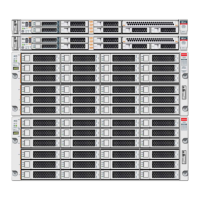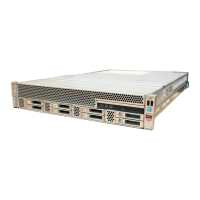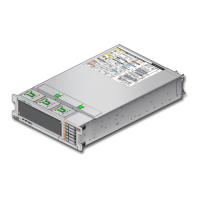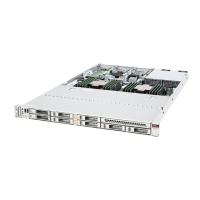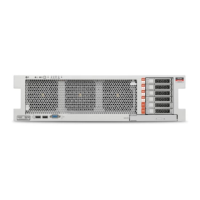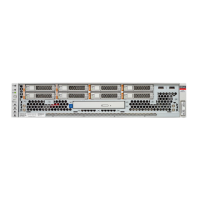Legacy Boot Mode and UEFI Boot Mode
■
With the Hardware Management Agent SNMP Plugins, you can use SNMP to monitor
Oracle servers and server modules from the operating system using a single host IP address.
This prevents you from having to connect to two management points (Oracle ILOM and the
host).
Oracle Linux Fault Management Architecture (FMA) allows you to manage faults at
the operating system level using commands similar to those in the Oracle ILOM Fault
Management shell on systems with Oracle Linux 6.5 or newer. This feature is available on
Hardware Management Pack 2.3.
For more details on Oracle Hardware Management Pack, refer to the Oracle Hardware
Management Pack Documentation Library at https://www.oracle.com/goto/ohmp/docs.
Legacy Boot Mode and UEFI Boot Mode
The BIOS Setup Utility in the Oracle Server X6-2 is equipped with a Unified Extensible
Firmware Interface-compatible BIOS (UEFI) that can be configured to support either UEFI or
Legacy boot modes. Legacy Boot Mode is the default mode. Some operating systems cannot
boot in UEFI Boot Mode, so the BIOS setup utility provides the ability to select between UEFI
and Legacy boot modes.
If you change BIOS boot modes, the boot candidates from the previously selected mode are
no longer available from the Boot Options Priority List in the BIOS Setup Utility. The boot
candidates from the new mode appear in the Boot Options Priority List only after you select
Save Changes and Reset from the BIOS Setup Utility menu. Use the Oracle ILOM BIOS
Backup and Restore function to preserve the BIOS configuration in case you want to switch
back to the previously selected mode. For information, refer to the Oracle X6 Series Servers
Administration Guide at https://www.oracle.com/goto/x86admindiag/docs.
Most supported operating systems can use either UEFI Boot Mode or Legacy Boot Mode.
However, once you choose a boot mode and install an operating system, the installed image can
only be used in the mode in which it was installed. For instructions for selecting either UEFI
Boot Mode or Legacy BIOS Boot Mode, refer to “Using UEFI” in Oracle Server X6-2 Service
Manual.
The following table describes the BIOS boot modes.
Boot Mode Description
Legacy Boot Mode Choose Legacy Boot Mode to enable host bus adapters (HBAs) to use option ROMs, and
when software or adapters do not have UEFI drivers. Legacy BIOS is the default boot
mode. In Legacy Boot Mode, only boot candidates that support Legacy Boot Mode appear
in the Boot Options Priority List in the BIOS Setup Utility.
Managing the Server 35
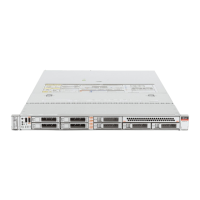
